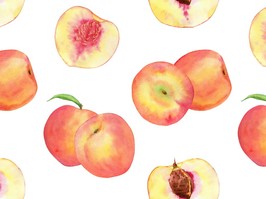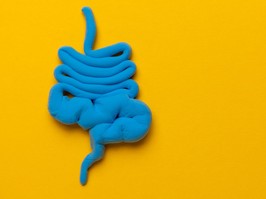irritable bowel syndrome, perhaps better known as ibs, is among the most common disorders of the gastrointestinal tract and affects about one in 10 people globally.frequently associated with abdominal pain and changes in bowel movement quality or consistency, ibs is increasingly considered to occur as a result of faulty communication between the gut and the brain.you know that important gut-brain connection you keep hearing about? turns out it’s pretty important after all.first off, ibs is a complicated condition it presents in a number of different forms which can each be exacerbated by individual factors such as genetics, stress levels and the nature of one’s microbiome, or, the balance of healthy gut bacteria. because of the individuality and nuance that gut health issues entail, i encourage anyone dealing with ibs to seek out customized nutritional guidance if possible.that said, according to the
canadian association of gastroenterology, there are some general dietary tips that may help steer you towards easing the symptoms of ibs.
increase soluble fibre. soluble fibre is one of two types of dietary fibre and is characterized by a slowing, absorptive and gel-forming effect on the digestive tract. it has the potential to improve both constipation and diarrhea by altering the quality of bowel movements and the state of the gut bacteria in your digestive tract. psyllium fibre, a widely available and affordable supplement, is considered an accessible and effective management option.
low fodmap diet. it’s a complicated acronym that stands for a group of dietary components that may be harder for some people — for example, those living with ibs — to digest than others. some people experience symptom relief by reducing the consumption of these foods, but the proper implementation of this approach should be done with professional supervision to avoid unnecessarily restricting your dietary intake.
you can learn more about fodmaps here.foods high in soluble fibre & low in fodmaps. with the knowledge that soluble fibre has potentially favourable effects on ibs, and higher fodmap foods may — for some people — have negative effects, it makes some sense to identify foods that are high in soluble fibre and low in fodmaps. these are foods which would be wise to start incorporating more often until you can get personalized professional guidance. some examples include; ground flax, chia seed, okra, zucchini, eggplant, green beans, carrots, kiwi, orange, strawberries, raspberries, blueberries, tofu, canned lentils (in small amounts ½ cup or less
), quinoa, oatmeal and potatoes.
probiotics. probiotics are another complicated, but relevant, consideration in the world of ibs management. supplementation with these
“healthy bacteria
” may help restore balance in your digestive tract and reduce pain, bloating and gas. there are a wide variety of probiotic supplements on the market and it is generally the combination supplements that contain various species/strains of
lactobacillus, bifidobacterium and streptococcus that are the most well-studied. while it may be best to consult your healthcare provider to determine the optimal probiotic to choose, you can learn more about the intricacies of the different species and strains of probiotics, and the evidence behind them, from this
handy resource.peppermint oil. one of the only other ibs supplements that is supported by some level of evidence, peppermint oil may have soothing and anti-spasmodic effects on the muscles of the gi tract. as a result, it is suggested by the
canadian association of gastroenterology as a low risk, and potentially high reward option, for relief in those suffering from ibs.
andy is a registered dietitian and author who has operated a private practice in toronto since 2015. he spends his free time eating, writing and talking about kale @andytherd. he can be reached at andytherd.comdon’t miss the latest 世界杯决赛2022. subscribe to healthing’s daily newsletter.
 3 minute read
3 minute read








